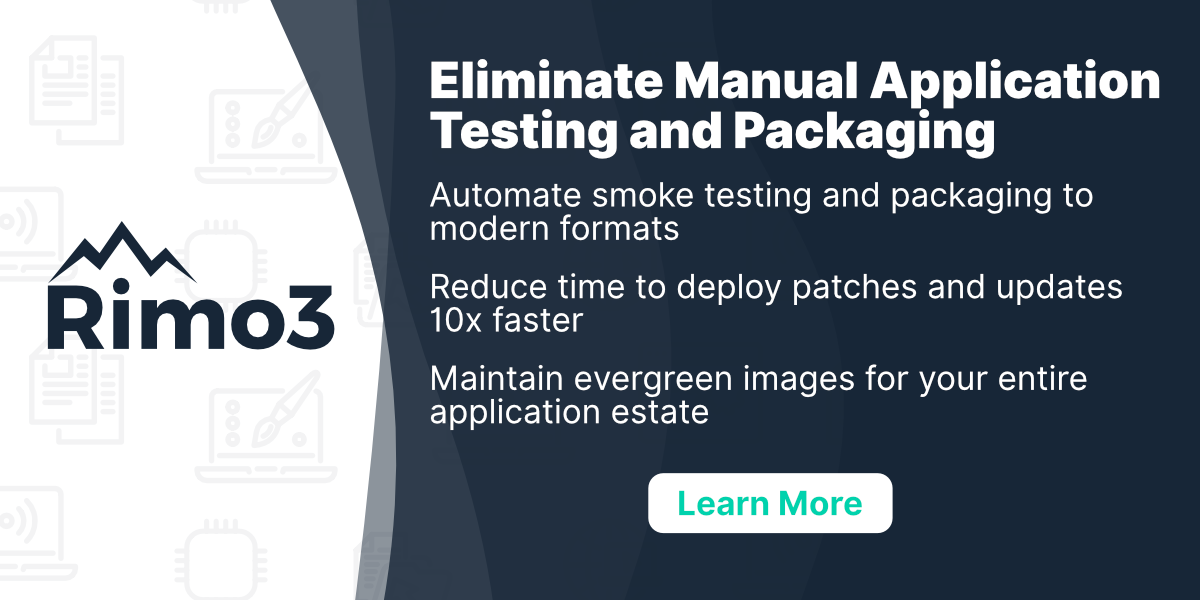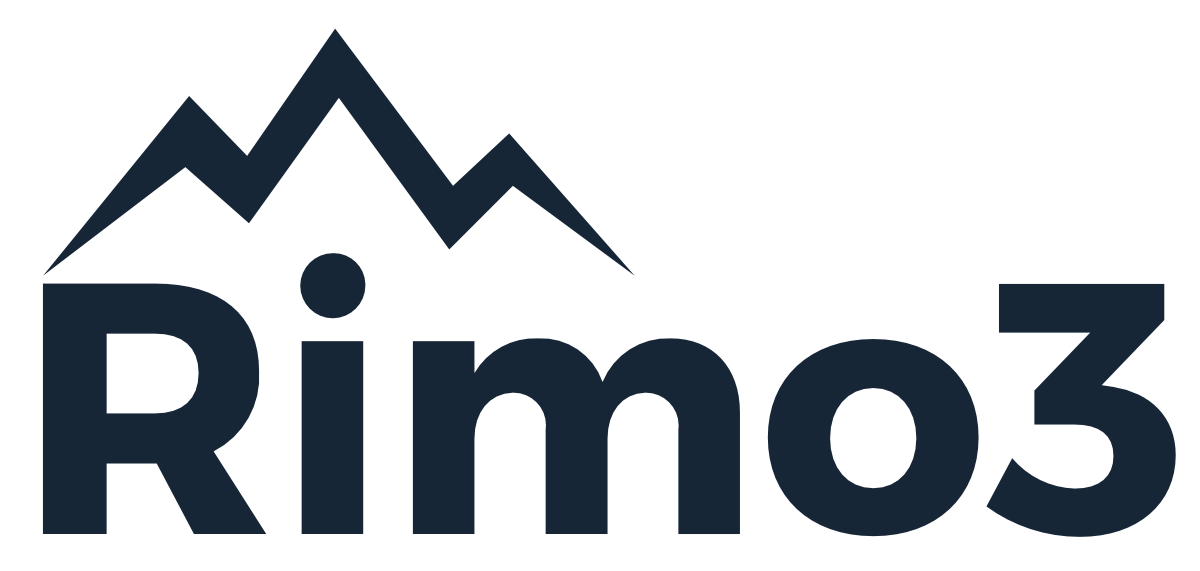VMblog: Can you give VMblog readers a quick overview of your company?
Jonathan Symonds: MinIO is a high-performance, Kubernetes-native object store. Natively integrated with Tanzu, MinIO’s open source, software-defined, S3 compatible system is optimized for the multi-cloud. MinIO supports workloads as diverse as AI/ML, analytics, archival and cloud apps from a single, multi-tenant instance. MinIO is fully featured with sophisticated technology supporting core capabilities like inline erasure coding, encryption,immutability, replication and versioning, lambda compute, identity and access management and data lifecycle management.
This has powered MinIO’s remarkable growth. The company is doing 1.3M Docker pulls per day and will pass 1B around the time of Explore2022. More than 75% of the Fortune100 run MinIO in some capacity.
VMblog: Your company is sponsoring this year's VMware Explore event. Can you talk about what that sponsorship looks like?
Symonds: We are excited to be back in person and take a larger presence on the show floor. This makes sense, MinIO is an important part of VMware’s Kubernetes ambitions and we both stand to benefit from this increasingly key partnership. Tanzu will be center stage and that generally means MinIO too - as almost all of VMware’s demos of things like the Data Persistence platform use MinIO as the object store. We will be on the show floor with a really strong technical team as we find that VMware Explore attendees tend to be quite knowledgeable about their craft.
VMblog: What are your thoughts and expectations with the event being in person again instead of just a digital / online event? Are attendees ready for this? Do you anticipate the crowd size of VMworld pre-pandemic?
Symonds: We are thrilled to be back in person. The human interaction is difficult to replicate in the virtual world, although VMware did as well as anyone in that regard. We are so much further down the road with Tanzu and its adoption and that is driving interest in MinIO as the de facto object store in this architecture and so talking, in-person will be a great opportunity to engage customers and move the conversation forward.
I don’t think we will see pre-pandemic levels. We have seen enthusiasm for in-person events, but it is not universal and COVID is still out there. The digital angle will still matter.
VMblog: How can attendees of the event find you? What do you have planned at your booth this year? What type of things will attendees be able to do at your booth?
Symonds: Our primary focus is on our plugin for the vSAN Data Persistence platform (DPp). The integration brings our high-performance, AWS S3 compatible object storage, into the heart of vSphere and therefore into the heart of IT. Now administrators can seamlessly provision multi-tenant object storage directly from the vCenter console while providing API-level control to DevOps and application architects. MinIO supports vSAN, vSAN-SNA and vSAN-Direct through this integration.
Attendees will be able to interact with the technical teams in the booth and see the product working live. One of the things that distinguishes MinIO is that we don’t have sales people - so you are almost guaranteed to talk to someone technical.
VMblog: What are you personally most interested in seeing or learning at VMware Explore?
Symonds: I think it goes without saying that everyone in the VMware ecosystem will be interested in hearing from the Broadcom leadership. What are their plans? How quickly do they want to move and in what direction. The Kubernetes space is both competitive and dynamic - understanding Broadcom’s goals and aspirations will be critical to assuaging any fears they might have about the takeover.
VMblog: Can you give us the high-level rundown of your company's technology offerings? What kind of message will an attendee hear from you this year?
Symonds: At the highest level, MinIO is the leader when it comes to high performance, Kubernetes-native, multi-cloud object storage. We would start with our credentials in that space.
We would then talk about our flagship offering in the VMware world - object storage for the Data Persistence platform and why it matters:
- MinIO supports VMware’s vision of delivering hybrid-cloud and multi-cloud. MinIO not only provides a complete cloud-native object storage system that can be deployed on any cloud infrastructure to convert them into an S3 compatible object storage service, but it also provides seamless interoperability to existing storage systems. This enables applications to access data on their existing legacy systems without migrating the data over. Both cloud-native applications and traditional enterprise applications can co-exist - creating a roadmap for the eventual migration to 100% cloud native.
- VMware has a goal of migrating cloud native applications onto the vSAN Data Persistence platform. MinIO provides the mechanism to achieve that. Given MinIO’s vast credentials in the S3 arena, any application that runs on MinIO (which is to say almost every cloud native application) will run unmodified on the vSAN Data Persistence platform - starting on day one.
- VMware and MinIO have material requirements around performance and the integrated product delivers. MinIO has built its reputation in the private cloud as the world’s fastest object store. It is why we are attractive to so many applications from AI/ML to modern, data intensive cloud apps. VMware provides the infrastructure to do this - first in a virtualized environment and now in a containerized environment. Because vSAN Direct Configuration provides optimal access to the underlying storage, we can run at full speed.
- VMware believes in the software-defined data center - so do we. VMware has built a full-stack hybrid-cloud infrastructure platform that now extends to containers and orchestration. While they have vSAN for software-defined block and file storage, their customers wanted the addition of cloud-native object storage. With the vSAN Data Persistence platform VMware offers true software defined storage experiences for applications running on Kubernetes. This allows MinIO to bring their Kubernetes-native object storage as a VMware Cloud Foundation service.
VMblog: Talking about your product solutions, can you give readers a few examples of how your offerings are unique? What are your differentiators? What sets you apart from the competition?
Symonds: MinIO only does one thing - object storage. We aim to do it better than anyone else on the planet. It is why VMware picked us to be a launch partner. That relentless focus enables us to achieve things larger companies with competing priorities cannot. Here is what we mean:
- MinIO was built from scratch in the last six years and is native to the technologies and architectures that define the cloud. These include containerization, orchestration with Kubernetes, microservices and multi-tenancy. No other object store is more Kubernetes-native.
- With its focus on high performance, MinIO enables enterprises to support multiple use cases with the same platform. For example, MinIO's performance characteristics mean that you can run multiple Spark, Presto, and Hive queries, or to quickly test, train and deploy AI algorithms, without suffering a storage bottleneck. MinIO object storage is used as the primary storage for cloud native applications that require higher throughput and lower latency than traditional object storage can provide.
- MinIO leverages the hard won knowledge of the web scalers to bring a simple scaling model to object storage. At MinIO, scaling starts with a single cluster which can be seamlessly expanded to create a global namespace, spanning multiple data centers if needed. Expansion of the namespace is possible by adding more clusters, more racks until the goal is achieved.
- Minimalism is a guiding design principle at MinIO. Simplicity reduces opportunities for errors, improves uptime, delivers reliability while serving as the foundation for performance. MinIO can be installed and configured within minutes simply by downloading a single binary and then executing.
- Software Defined. The age of the storage appliance is over simply because you can't containerize one. The future is software defined and MinIO runs on everything from a Raspberry Pi to an Nvidia GPU and thus from the edge to the datacenter.
- Open Source. MinIO products are 100% open source under GNU Affero General Public License, Version 3.0 (AGPLv3). The advantages of Open Source are well understood. These include the avoidance of vendor lockin, security, consistent innovation, transparency, and the reliability that comes with millions of community members hammering every release from every possible angle.
The net effect of the innovation is that enterprises can now run Kubernetes-native, high-performance object storage on any cloud. This means lower costs as enterprises can choose the cloud that offers the best terms for their infrastructure needs. This means better performance as they can choose any combination of CPU, Network and Drive. This means more scale as any cloud can become a warm tier (or even a hot tier). This is innovation.
VMblog: How does your company work with VMware? Where do you fit within the VMware ecosystem?
Symonds: vSphere 7.0 Update 1 ships with the VMware vSAN™ Data Persistence platform that enables software defined storage offerings like MinIO to be natively integrated with vCenter Workload Clusters running on top of vSAN. This deep integration allows admins to enable, manage and monitor MinIO from vSphere APIs and UI.
The integration includes the lifecycle management of MinIO object storage via the vSphere cluster while offering baremetal-like performance and cost efficiencies.
To enable the plugin, log into vCenter and select the cluster in which you want to deploy MinIO tenants.
Click Configure, then navigate to Supervisor Services and select Services. Locate the MinIO row and activate the radio button. Click Enable to enable the service.
That’s it. The plugin comes with a 60 day free trial after which a license key will be required. License keys come with full SUBNET premium, direct-to-engineer support privileges. Cost is a function of capacity. If you want to take in a demo, see this short VMUG video.
VMblog: Are you giving away any prizes at your booth or participating in any prize giveaways?
Symonds: MinIO's tshirts are remarkably popular items and we "sold out" within hours at Kubecon. I would get there early.

















